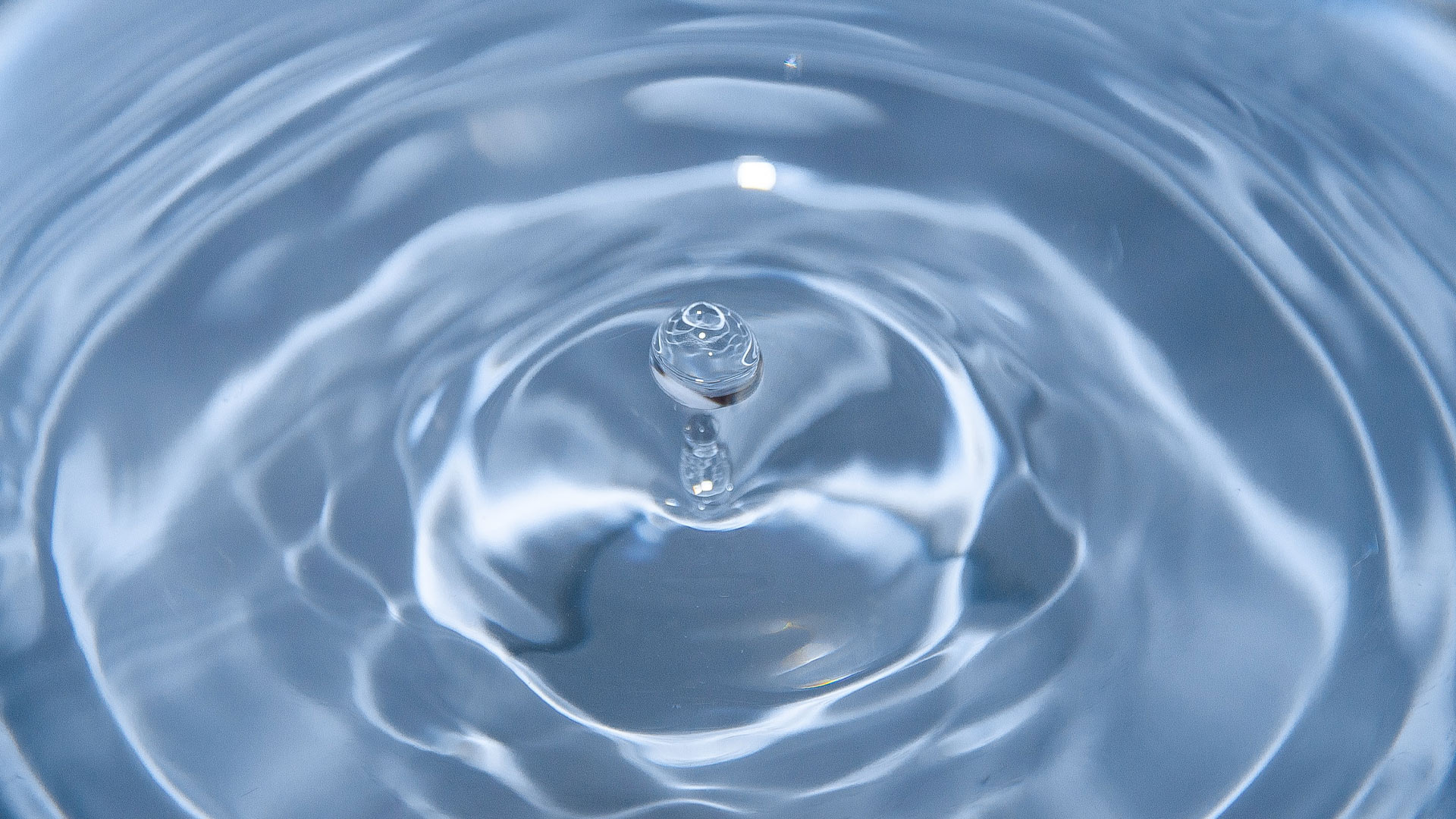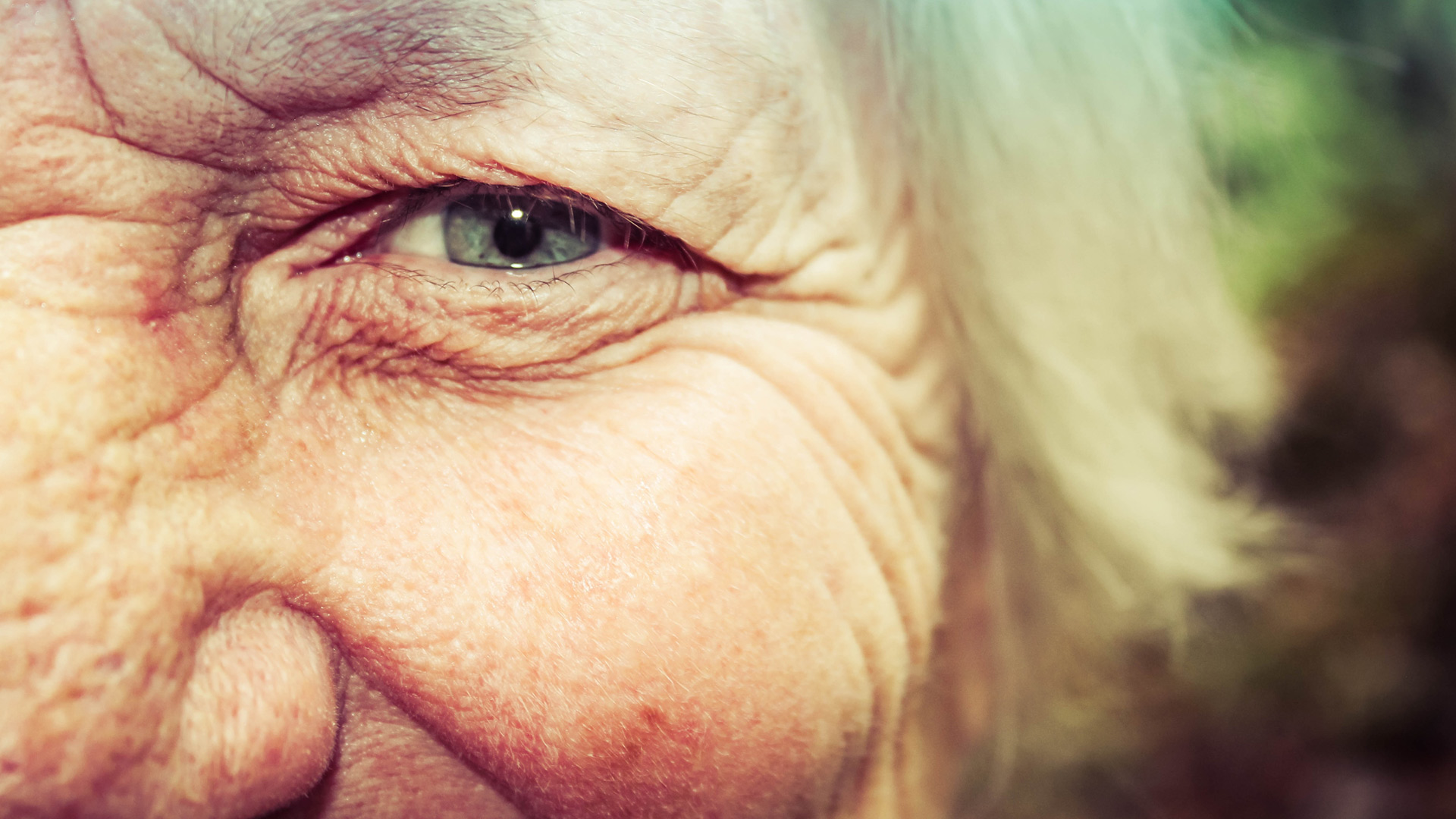
Dry Eye Syndrome
November 20, 2021
If your eyes persistently feel dry and you suffer from any or all of the following:
- A gritty/scratchy, or filmy feeling in your eyes
- Itchy eyes
- Red eyes
- A burning sensation in your eyes
- A feeling of having a foreign body in your eyes
- Blurred vision
- Being sensitive to light
Then the chances are you have dry eye syndrome. And you aren’t alone. Dry eye syndrome, a disorder of the tear film, is incredibly common affecting a significant percentage of the population, especially those older than 40. In fact it’s estimated that around 25-30 million people in the United States alone are affected with dry eye syndrome, with a similar incidence rate worldwide. And whilst dry eye syndrome might not discriminate between races, it is more common in women than men.
What is dry eye syndrome?
Tears are essential when it comes to keeping our eyes healthy. Not only do tears help to keep our eyes feeling comfortable by flushing out unwanted dust and debris, they also play a vital role in providing us with optimal vision and protection against microorganisms that inhabit our eyes. Tears are able to achieve this because they contain enzymes that work to neutralize these microorganisms.
The tear film itself is made up of three main layers:
- The top, most superficial layer is in fact a very thin layer of lipids that are produced by the meibomian glands and by oil glands in the eyelids known as the glands of Zeis. The lipid layer is important because it helps to decrease the amount of tear evaporation from the aqueous layer beneath it
- Sandwiched in the middle is the aqueous layer. This is the thickest of the three layers and is essentially composed of a very dilute saltwater solution. The aqueous layer is produced by the lacrimal glands found under the upper eyelids and the accessory tear glands. The role of this layer is to keep the eye comfortable and moist and wash away any dust etc that might get into the eye
- The innermost layer, a layer of mucus, is the thinnest of the three. It is produced by the conjunctiva – the clear skin that lines the eye – and its function is to spread the aqueous layer evenly over the eye
Defects within any of these layers can result in a chronic lack of sufficient lubrication and moisture on the surface of the eye – in other words dry eye syndrome.
The medical term for dry eye syndrome is keratitis sicca or, if referring to defects within the aqueous layer, keratoconjunctivitis sicca or KCS.
What causes dry eye syndrome?
The most common causes of dry eye syndrome are related to defects within the aqueous layer. Put simply, the lacrimal glands or associated glands near the eye either (a) fail to produce enough tears or (b) the tears that are produced have a chemical composition that means that they evaporate too quickly. Tears may also evaporate too quickly if there are defects within the top layer of lipids if, for example, the meibomian glands are not functioning properly.
There are number of other reasons why dry eye syndrome occurs. These include:
- Poor tear production as part of the natural aging process
- As a symptom of systemic diseases such as lupus or rheumatoid arthritis
- Incomplete closure of the eyelids – interestingly the increased popularity of cosmetic eyelid surgery or blepharoplasty can lead to incomplete eyelid closure which in turn may cause dry eye syndrome. If the eyelids cannot be closed, the eyes may dry out because of tear evaporation. Certain conditions such as stroke may also make it difficult for you to close your eyes on your own – and again your eyes may become dry from tear evaporation
- Oil glands becoming blocked or oil being produced that is too thick both of which can lead to an insufficient amount of oil to cover the aqueous layer to prevent its evaporation
- Infections along the eyelids or the eyelashes such as blepharitis. The bacteria that cause the infection also breakdown the oils in the top tear layer. This can result in too little oil and too much tear evaporation
- A deficiency of the tear-producing glands
- Some medications, such as antidepressants, certain blood pressure medications, antihistamines and oral contraceptives may decrease tear production
- Hormonal changes particularly during the menopause (which may be why dry eye syndrome is more common in women than men)
- Abnormal mucus production – this can lead to the poor spread of tears over the eye which can lead to the surface of the eye drying out and even becoming damaged, even though more than enough watery tears may be present
- The long-term use of contact lenses – a very common complaint amongst contact lens wearers Smoking – research indicate that smoking certainly increases your chances of developing dry eye syndrome
Can external factors affect dry eye syndrome?
The symptoms of dry eye syndrome can certainly be exacerbated by a number of external factors. For example when you read, watch TV, sit in front of your computer for long periods of time or in fact perform any task that requires close attention with your eyes, you may not blink as often. If you do not blink as often, excessive evaporation of your tears occurs. Symptoms also appear to worsen if your eyes are tired eyes or towards the end of the day.
Where you live may also have a direct effect upon your condition. If you live somewhere where there is more moisture in the air, your tears will evaporate more slowly, which in turn keeps your eyes more comfortable. Conversely, dry and dusty climates, windy conditions, higher temperatures, and low humidity all seem to take their toll on the sufferer. In fact, in the United States, the National Women’s Health Resource Center reports that Texan cities such as El Paso, Midland, Dallas and Fort Worth dominate when it comes to dry eye hot spots. This data was derived from the National Oceanic and Atmospheric Administration’s Climatic Data Center and the Environmental Protection Agency.
But it’s not just outside the home or office that can affect your eyes. If you spend your time inside but in air conditioning or where there is a dry heating system, your eyes can quickly dry out.
Can watery eyes be a symptom of dry eye syndrome?
On the face of it this might sound ridiculous and contradictory, but sometimes dry eye syndrome can lead to watery eyes. When your eye becomes slightly dry and irritated, it may initiate a reflex action that causes large amounts of tears to be produced all at once. The eyes do this to try and make themselves feel comfortable again.
The problem is that your eyes can only cope with a certain volume of tears at any one time, so if too many tears are produced all at the same time, the excess tears simply pour out your eyes and down your cheeks. These excessive tears do not of course help your dry eyes at all as they are completely wasted as they fall down your cheeks. Once the excessive tearing reflex action finishes, your eyes will simply become dry and irritated and the whole cycle may begin again.
What’s the prognosis if you suffer from dry eye syndrome?
Although incurable, dry eye syndrome isn’t usually too much of a problem for the sufferer – more of an irritating inconvenience than a threat to vision. Certainly, it can be annoying and can make some daily activities such as watching the TV, driving, reading or using the computer for any period of time uncomfortable and much less pleasurable but it’s unlikely to lead to any actual loss of vision.
For the small minority of people who experience severe dry eye syndrome, the outlook is bleaker. Excessive drying out of the surface of the eye may result in an increased risk of serious infections. Ultimately, scarring, thinning, and even perforation of the cornea may occur. As a result, vision, or even the eye itself, may be permanently lost – but is should be stressed that this would only occur in a small minority of cases where dry eye syndrome is severe.
What can you do to help alleviate the condition?
There are a number of things that you can do to try and ease your condition. You could for example:
- Use a humidifier to pump moisture into the air
- Turn down the speed of ceiling and/or oscillating fans because excessive air movement can dry out your eyes
- Use air filters where necessary. Large amounts of dust or other particles in the air can worsen the symptoms of dry eye. Filters can help to remove these aggravating elements from the air around you
- Avoid rubbing your eyes too much
- If you suffer from dry eye syndrome as a result of meibomian gland dysfunction, rosacea, or blepharitis, you might find hot compresses and eyelid scrubs/massages with baby shampoo useful
- Use lubricating eyedrops – and this is where Can-C Eye drops really come into their own and can be particularly useful
Can-C Eye drops and dry eye syndrome.
With their unique, gentle but effective anti-oxidant formula Can-C Eye drops have not only been proven to halt and even reverse the progress of senile cataracts, but they can also help to successfully alleviate the symptoms of dry eye syndrome.
Containing N-acetylcarnosine, a natural and powerful anti-oxidant form of the dipeptide amino acid carnosine, Can-C Eyedrops help to successfully restore the eyes’ natural balance to their former healthy state. In doing so they are able to provide daily relief to dry eye syndrome sufferers by providing the extra lubrication that is needed to help keep eyes moist and comfortable. Add to this the fact that Can-C Eyedrops are safe to use with contact lenses and are not weighed down by reports of negative side effects, it’s easy to see why they are, without a doubt, the most effective dry eye solution currently available.
What’s more, there is growing evidence that the n-acetylcarnosine in Can-C helps to unblock proteins, proteins that can accumulate in the lacrimal ducts causing blockages- like a clogged drain! Thus Can-C helps to reduce these blockages and allow more tears to travel down the duct and onto the eye, thus alleviating the dry eye syndrome itself!
This is remarkable in itself and we have had many reports from Can-C users that once they have used the drops consistently for 3-5 months that their eyes appear to have more natural lubrication themselves.
Thus Can-C eye-drops provide the only two step approach to dry eye treatment, firstly they coat the eye in lubricants that help immediately alleviate the dry-eye problem and secondly, they can work ‘in the background’ to help improve the eye’s natural lubricant production.
Conclusion
Dry eye syndrome is a common condition that while annoying to the sufferer, typically does not seriously threaten your eyesight. However, severe dry eye syndrome can lead to vision loss in the most extreme of cases.
While the remedies for dry eye syndrome are typically practical in nature, many people are now choosing the simple solution of applying the Can-C eyedrops. They offer the great advantage of delivering extra lubrication to keep the eyes moist, even for contact lens wearers.
Acknowledgements
Can-C is a registered trademark of International Antiaging Systems.
All other names and marks may be (registered) trademarks of their owners, and are used for reference or identification only.
Keywords
- Dry Eye Syndrome
- Tear glans
- Tear ducts
- Tearducts
- Meibomian glands
- Lacrimal glands
- Keratitis sicca
- Keratoconjunctivitis sicca
- KCS
- Blepharoplasty
- Blepharitis
- Can-C
- CanC
